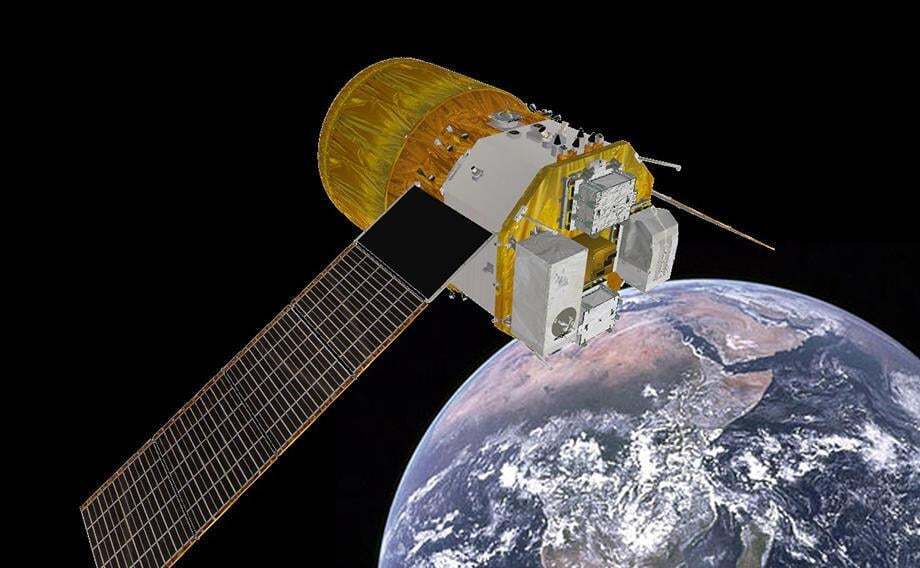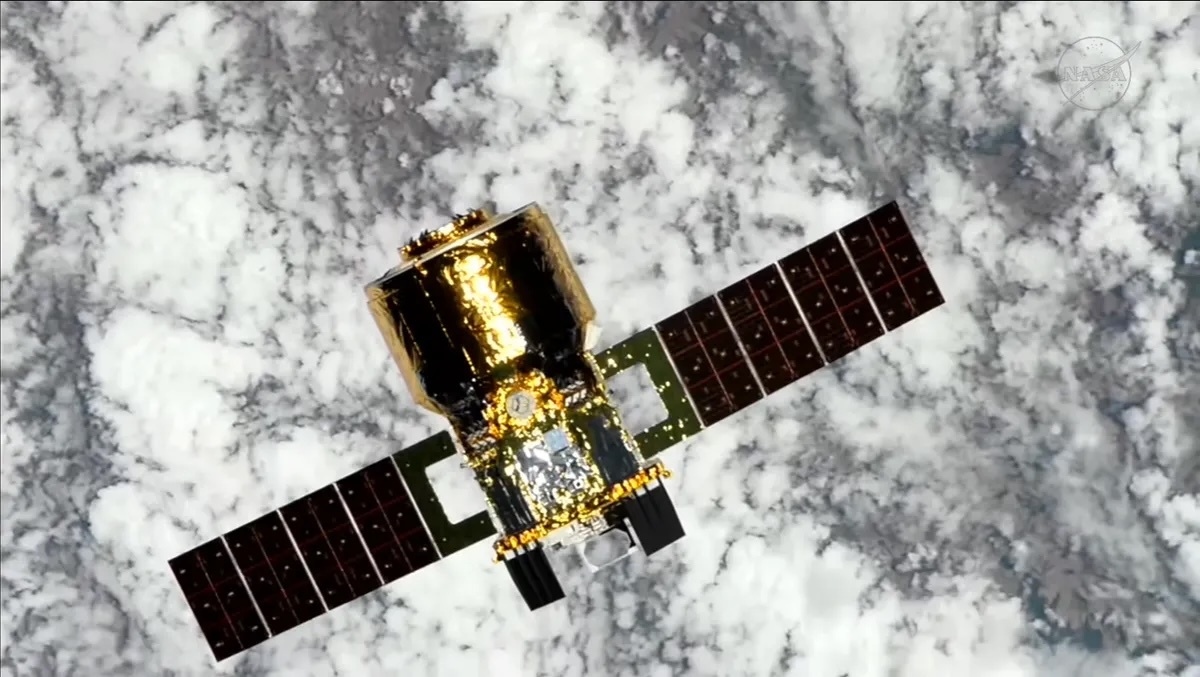31.10.2025

Japan's new HTV-X cargo transporter to the International Space Station (ISS) is an unmanned spaceship with the potential for improving transportation capability and operability, which can be utilized for various missions in the future. Credit: Japan Aerospace Exploration Agency
The Japan Aerospace Exploration Agency’s (JAXA) inaugural HII Transfer Vehicle-X (HTV X-1) successfully rendezvoused with the International Space Station (ISS) on Oct. 29 for a Canadian robot arm capture and berthing to the Earth-facing port on the U.S. segment Harmony module.
The HTV X-1 was launched from JAXA’s Tanegashima Space Center aboard a Mitsubishi Heavy Industries’ H3 Launch Vehicle on Oct. 25 at 8 p.m. EDT, or Oct. 26 at 9 a.m. local time. It delivered a 4.4-ton cargo of food, crew supplies and scientific research.
With a successful capture by the 58-ft. robot arm commanded by ISS Expedition 73 astronauts Kimiya Yui of JAXA and NASA astronaut Zena Cardman at 11:58 a.m. EDT, NASA Mission Control commanded the berthing. The HTV X-1 is to remain berthed to the ISS for about three months.
“This is a significant event for the Japanese space program,” Yui radioed the JAXA and NASA mission-control teams.
Before being cleared for final approach, the solar-powered HTV X-1was commanded to conduct a series of evaluations and tests of its propulsion, communications, navigation, attitude control and other systems. Those began with an autonomous lidar navigation sensor and hold-and-retreat demos at a separation of 250 m (920 ft.) below the ISS, a test of an ISS crew’s ability to manually command a halt in the approach outside what is called the 200-m Keep Out Sphere in response to possible safety concerns.
The cargo vessel successfully responded to commands to begin its approach, stop and retreat briefly from 225-250 m before completing the rendezvous for robot-arm capture. One of the two redundant lidar sensors on the capsule required some troubleshooting by flight control teams due to erratic data, but it did not prevent a final approach and berth.
As planned, the HTV X-1 halted briefly again at a separation of 30 m from the ISS for a systems check. After the final approach, Yui and Cardman commanded the ISS’s multi-jointed Canadian robot arm to grapple the HTV X-1 for berthing from a separation of 10 m (30 ft.). Yui and Cardman are part of the four-person SpaceX Crew-11 Dragon mission that launched and docked to the ISS Aug. 1-2 to become part of Expedition 73.
The new HTV X resupply vehicle class represents a significant upgrade from its predecessor, the HTV that launched on nine JAXA resupply missions to the ISS between 2009-2020. With its success, the HTV X joins SpaceX’s Cargo Dragon, Northrop Grumman’s Cygnus and Russia’s Progress cargo vessels as currently available for ISS resupply mission launches.
Developed to handle up to 6.5 tons of cargo, the HTV X was also developed for missions to NASA’s planned lunar-orbiting, human-tended Gateway space station that is part of the Artemis initiative to establish a sustainable human presence at the Moon, as well as multiple commercial space stations in development to succeed the ISS. The HTV X is also designed to conduct extended missions of up to 1 1/2 years after departing the ISS.
Quelle: AVIATION WEEK
+++
Japan's 1st HTV-X cargo craft arrives at the International Space Station

